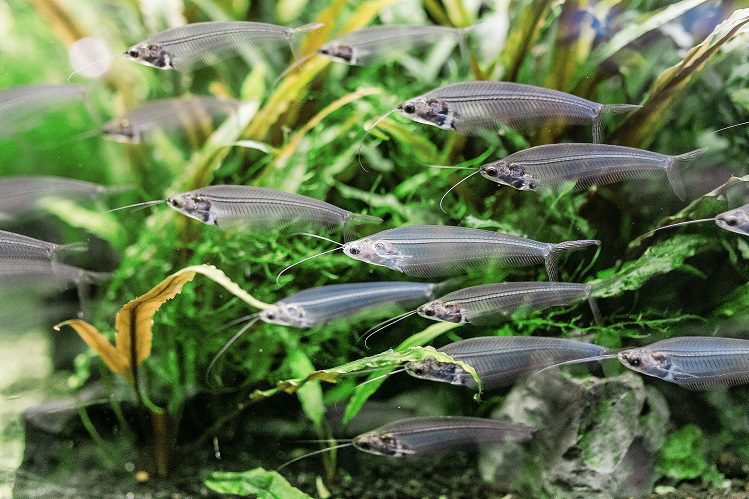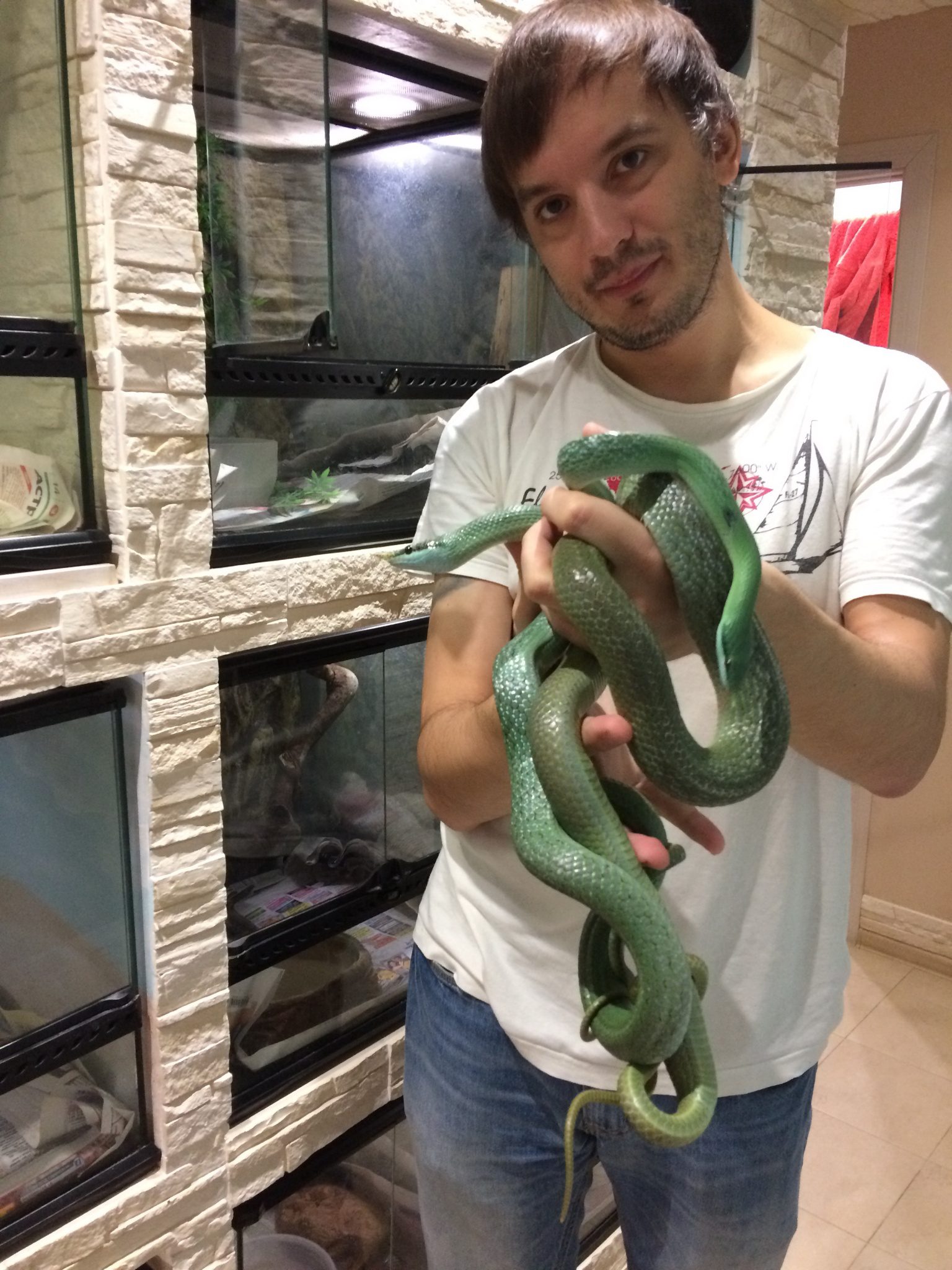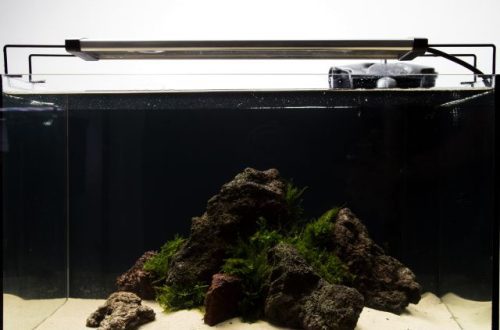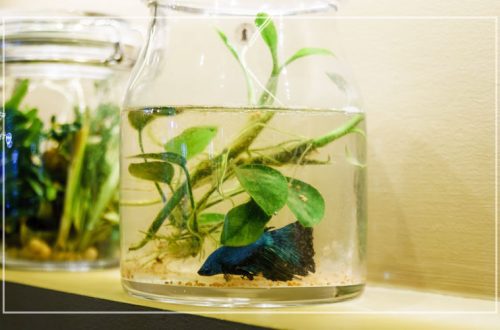
Indian glass catfish: how to take care of a ghost fish?
The Indian glass catfish is a relative of the common catfish. However, outwardly, glass catfish has much more in common with glass tetra, glass knife fish, Indian glass shrimp. Transparency or even ghostliness – that’s what they have in common. Transparent aquarium fish have a lot of fans among experienced aquarists. Today our hero is a glass catfish.
Contents
The riddle of the invisible catfish
The key feature of this fish is its transparent body. You can even view your aquarium’s underwater landscape through the transparent body of the glass catfish. Its muscles, skin, and scales lack pigments. The skeleton is clearly visible. Only the silvery part of the body immediately behind the head is opaque, where the internal organs are located. In nature, the cunning invisible color serves as protection from predators. But when the lighting changes, the body of the glass catfish will amaze you with an iridescent overflow with a metallic sheen. The dorsal fin from one ray is extremely small. The anal fin is absolutely transparent, extending from below the head almost to the caudal fin.
This underwater ghost in the aquarium grows up to eight to ten centimeters. Its crystal-like body is elongated, slightly flat on the sides. The pointed head is adorned with a pair of sensitive antennae.
The question of the difference between males and females baffles even experienced specialists. But usually the ladies are somewhat larger than the gentlemen. Glass catfish are not bred in captivity. If you see Indian glass catfish in an aquarium, they are either wild caught or come from farms in their native Southeast Asia. You can see these creatures in their natural habitat, for example, on the island of Sumatra. For the first time, Europeans were able to boast glass catfish in their home aquariums in 1934.

Comfortable conditions for glass catfish
Ghost catfish feel best in the company of relatives. If you like these fish, arrange conditions for a flock of five individuals. Such a team needs a spacious aquarium with a volume of about 150 liters. They become active at dusk. Numerous shelters, soft diffused light, a lot of plants – that’s what these fish need.
Let’s discuss the necessary water parameters. Avoid sudden changes in temperature, 25 degrees for glass catfish will be just right. They will suit an acidity of about seven and a water hardness ranging from six to 15. In an aquarium with glass catfish, filtration and aeration are necessary. Drop tests will help you avoid high concentrations of phosphates and nitrogenous compounds. Follow a weekly partial water change schedule. Ghost catfish have good health, but you should not test it for strength.
In some sources, you can find information that glass catfish can live up to 10 years. But the owners in the reviews often note that their wards lived for four or five or a little more than five years.
Gourmet or omnivore?
The health and longevity of fish is impossible without a balanced diet. Indian glass catfish is very unpretentious in terms of food. In the natural environment, it feeds on larvae of aquatic insects and zooplankton. In the aquarium will be happy with any kind of food.
These fish have small mouths, so small pellets are a good idea. Note that ghost catfish are not always willing to pick up food from the bottom. It makes sense to think of food in the form of slowly sinking flakes. Feed should be in the evening, when these little ghosts begin a period of activity. In addition to ready-made food, you can offer wards daphnia and brine shrimp.
The glass catfish has an excellent appetite. Be careful when feeding and determining the portion size on the automatic feeder. Don’t let transparent catfish hit the heavy weight.

Who lives with
As we have said, the glass catfish is a team player. It is the flock of these representatives of the underwater world that is recommended. However, they do well in community aquariums. The main rule is that their neighbors must be proportionate in size and have something in common with our heroes in temperament.
Among the contenders for a peaceful neighborhood with ghost catfish are gourami, shrimp, shell and loricari catfish. Glass catfish get along well with wedge-spotted rasboras, apistograms, angelfish, rhodostomus, red neon.
No matter how amazing fish the aquarium is inhabited, remember to ensure the proper volume of the aquarium. Overpopulation of an aquarium is one of the main causes of conflicts between its inhabitants.
The glass catfish looks very extravagant, but in its heart it dreams of only one thing – to find a loving, caring owner. And if you dream of a flock of unusual bewitching fish, there is only one step to the fulfillment of your cherished desire.
The article was written with the support of an expert:
Andrey Ermakov — terrarium and aquarist with 20 years of experience, breeder of reptiles and amphibians.

.





